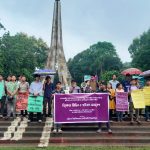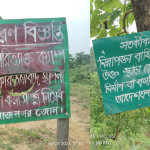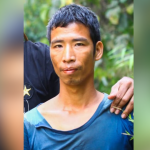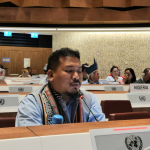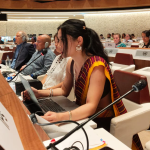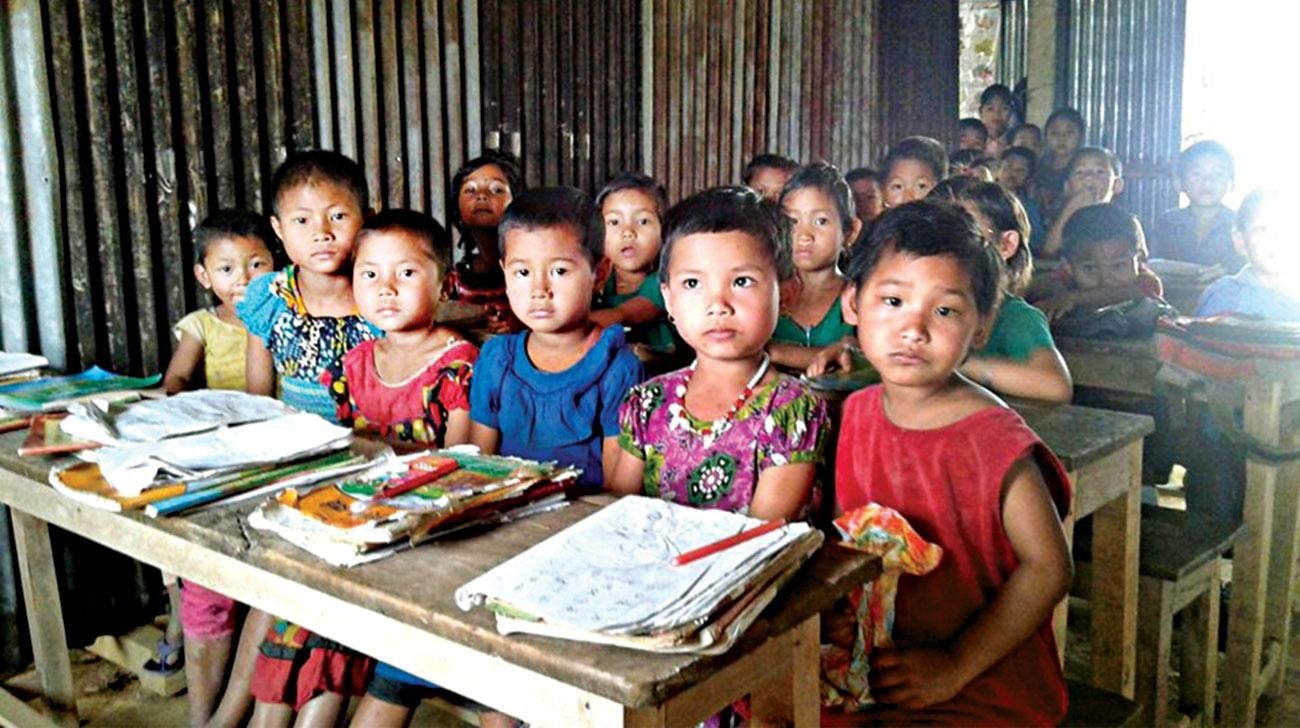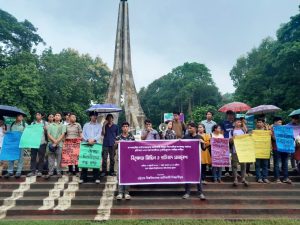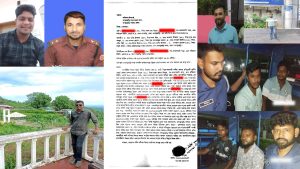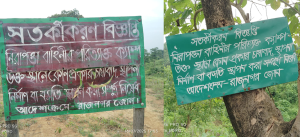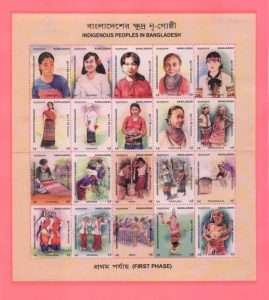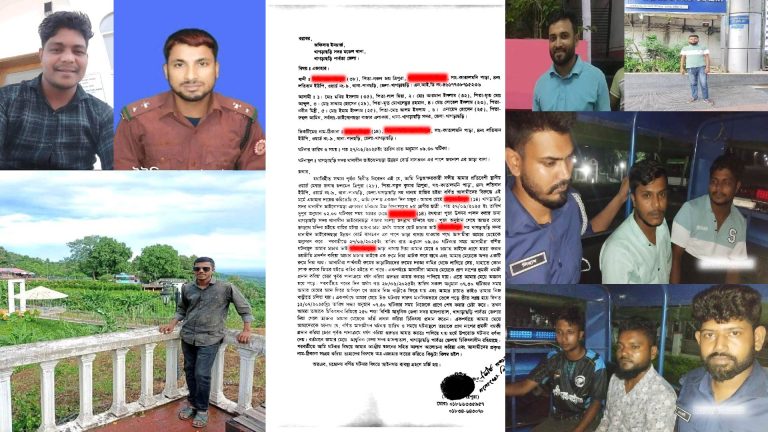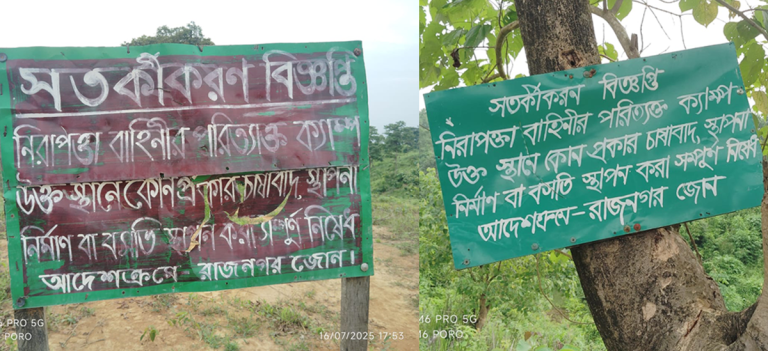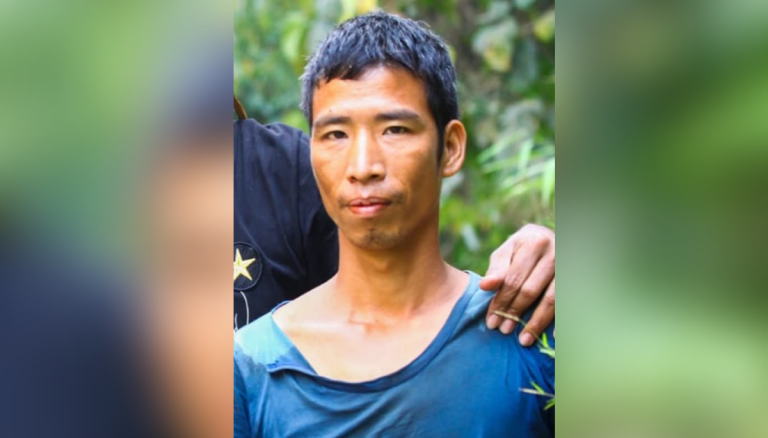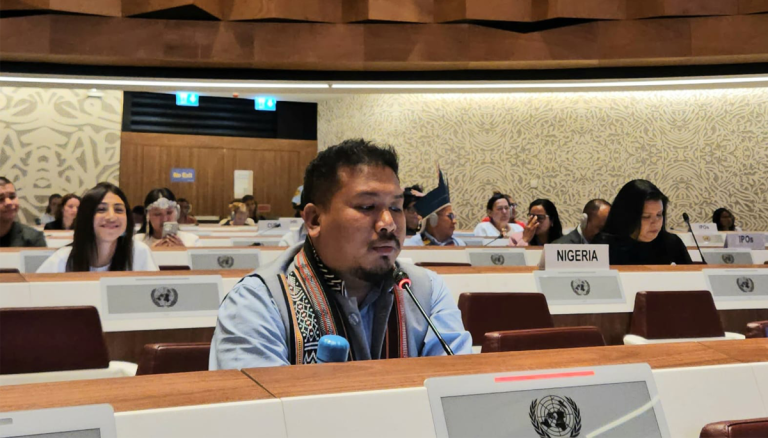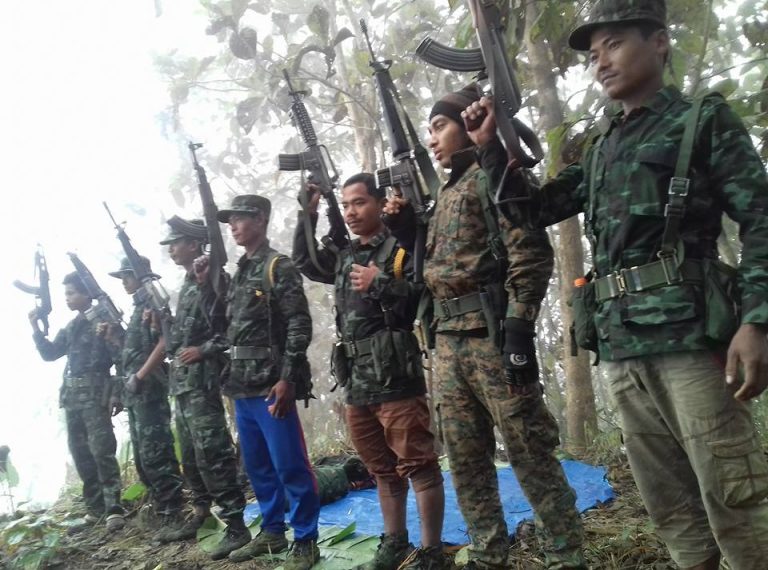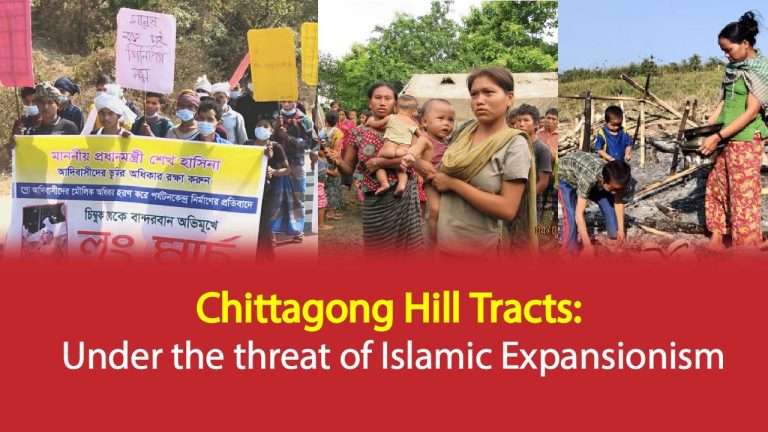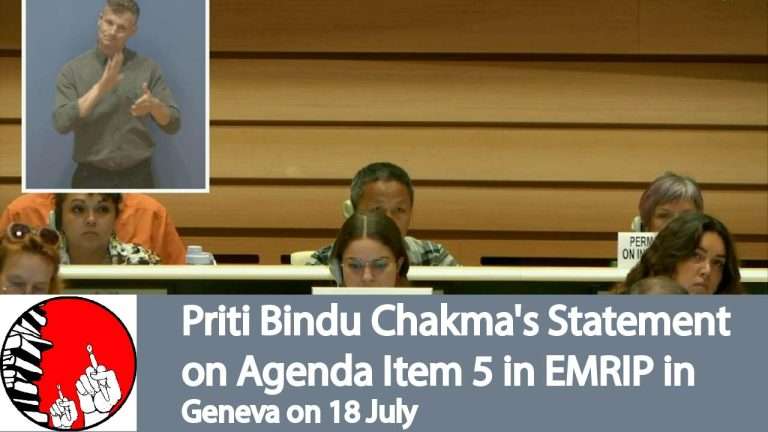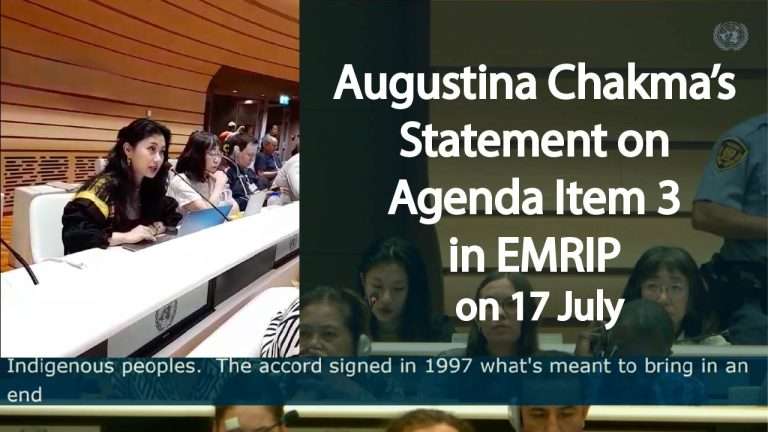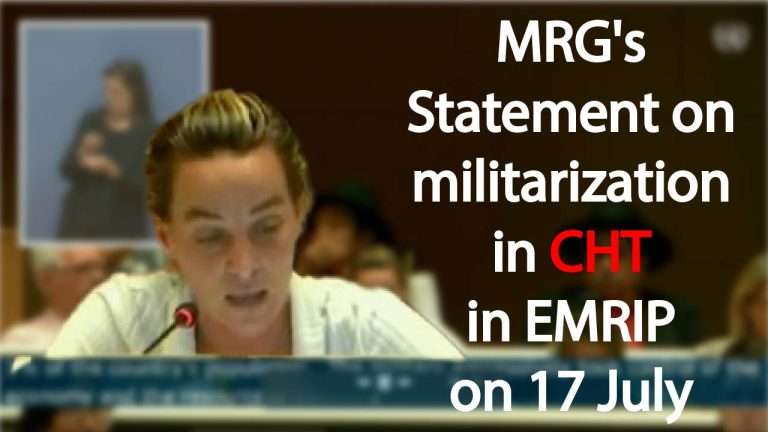Khokon Suiten Murmu
An estimated 370 million indigenous people in the world, living across 90 countries, speak more than 7,000 languages and represent 5,000 different cultures. The combination of languages, cultural heritage, traditional knowledge and intellectual property enhances the cultural integrity of a nation. Language is the wheel of this mixture that helps to keep cultural integrity active. Disruption of this process will result in the extinction of numerous languages and cultures.
However, every two weeks, an indigenous language disappears, placing at risk the respective indigenous cultures and knowledge systems. Hence, addressing the critical loss of indigenous languages the United Nations declared 2019 the International Year of Indigenous Languages (IYIL 2019) not only to benefit the people who speak these languages, but so that others appreciate the important contribution they make to our world’s rich cultural diversity.
It’s generally assumed that at least 54 groups of indigenous peoples live in Bangladesh. However, the National Committee recommended 50 indigenous communities to be enlisted on the gazette of “Small Ethnic Groups Cultural Institutes Act of 2010”. Based on this recommendation, the Ministry of Cultural Affairs made an amendment to this Act and enlisted 50 indigenous communities instead of 27. The 50 indigenous communities are: Bawm, Barman, Bagdi, Banai, Baraik, Bedia, Bhil, Bhumij, Bhuimali, Chak, Chakma, Dalu, Garo, Gorait, Gurkha, Ganju, Hodi, Ho, Hajong, Koch, Kole, Khasi, Khyang, Khumi, Kurmi Mahato, Koda, Kora, Kharia, Kharwar, Lohar, Lusai, Monipuri, Marma, Malpahari/Pahari, Munda, Mro, Malo/Ghasimalo, Mahali, Mushor, Oraon, Patro, Pangkhua, Rajowar, Rakhaine, Santal, Sabar, Tangchangya, Tripura, Teli and Turi. Each of these communities has a different language, cultural heritage and knowledge, etc.
According to Justice Habibur Rahman, indigenous peoples speak 37 languages (Bangladesher Nanan Bhasa, 2014) aside from Bangla. The number of languages spoken may increase if a proper census is carried out. There are communities who no longer speak their language and there are others who speak their language but do not have alphabets. There are threats of the extinction of languages spoken by the ethnic communities. Thus it is important to nurture and preserve the alphabets of their languages.
Kapaeeng Foundation with the International Labour Organization conducted a focus group discussion on 25 indigenous communities out of the mentioned 50 under the project “Improving indigenous and tribal peoples’ access to justice and development through community based monitoring” targeting 10 specific domains. The survey found 92 percent of community respondents agreed that their language is in a vulnerable state, 4 percent agreed their language is critically endangered and 4 percent agreed their language is already extinct.
The survey showed that the indigenous communities’ children face lack of access to quality education because of the lack of education being provided to them in their mother tongue. The government’s recent initiative of introducing education based on the mother tongue for selected groups of indigenous communities is being welcomed, although its scaling up to cover more children and the inclusion of other indigenous groups would also be important. However, the government is yet to take any step to institutionalise the indigenous languages in the higher education system. Furthermore, the Education Policy 2010 doesn’t mention the benchmark of indigenous languages’ standardisation through formal institutionalisation in the higher education system. It is not just the land-related and social issues that cause despair for the indigenous communities, but there are also serious concerns about their languages and cultures.
The language of a community is like a roof under which its people find psychological shelter and hearth and live their life as one family. Bangladesh as a sovereign country is yet to properly address the state of indigenous languages. Article 13(1) of UNDRIP explicitly recognises the right of indigenous peoples to revitalise, use, develop and transmit their languages to future generations.
February 21 was declared the International Mother Language Day by UNESCO in 1999. The whole world has been observing this day since February 21, 2000. The declaration was made as a tribute to the Bengali people’s Language Movement (then the East Pakistanis). However, the right to language of the indigenous peoples of this country is yet to be fully recognised. In this sovereign country that is Bangladesh, the government should acknowledge the contribution of indigenous peoples as well as recognise their right to self-determination, culture, language and education.
Khokon Suiten Murmu is Project Coordinator of Kapaeeng Foundation, Central Cabinet Member of Jatiya Adivasi Parishad (JAP) and National Committee Member of Bangladesh Indigenous Peoples Forum (BIPF).
